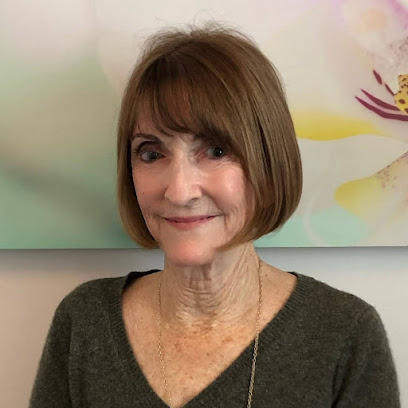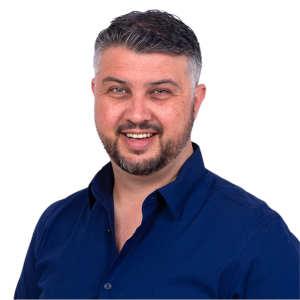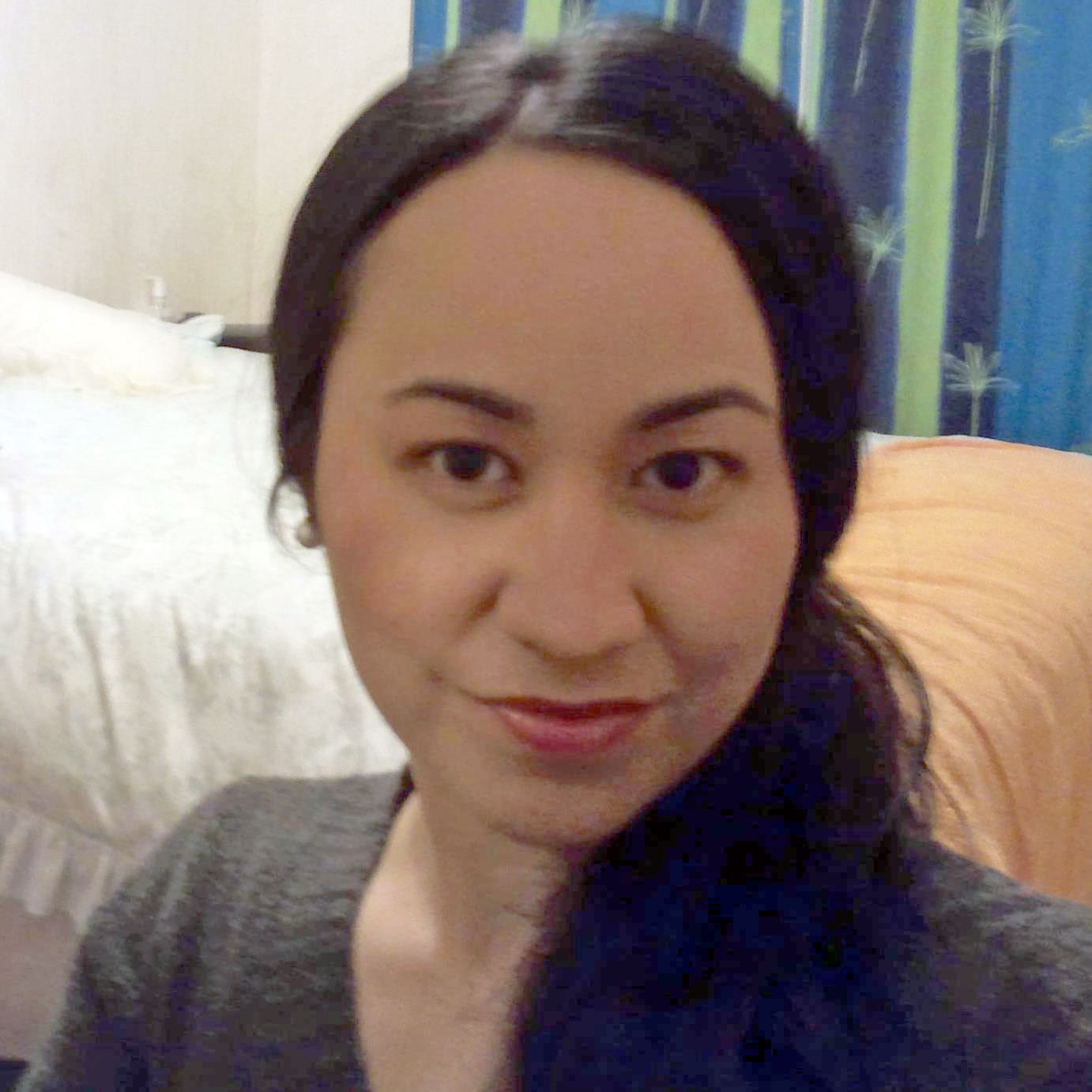Praise For:
Hear directly from our students about the benefits of our program.
-

Dr. Bhavina Dhanji
Three great takeaways from this course: 1. Clearer, More Structured Paediatric Assessment Framework 2. An excellent system for evaluating infants and children through: refined cranial, spinal, and dural tension assessment 3. A great understanding of segmental motion, tone, and developmental movement patterns.
This course has greatly enhanced my skills and confidence in assessing and treating infants. I now have a clearer framework for identifying tension patterns and applying gentle, effective techniques. Personally, it has fueled the “why” in terms of my passion for paediatric care.
During a follow-up with a 3-month-old infant presenting with frequent arching, irritability, and mild feeding difficulties (often associated with reflux-related tension). The palate arch was very narrow which caused latching issues. I applied a gentle occipital cranial release as taught in the SOT course to balancing cranial motion. Also did a Sphenoid Flexion Release via Pterygoid Contact Outcome: Within a few sessions, the infant was noticeably calmer neck and head posture improved tolerance of feeding positions, reduced arching and easier settling for sleep Parents reported the baby was more comfortable and content, and feeding sessions were smoother, less arching noted and generally the family was all round so relieved.
Yes, it is a great way to learn new adjustment skills, up-skill and improve pediatric care for the community. Improves networking with other health care professionals.
-

Collin Walding, DC
My three takeaways from this program:
1. Amount of knowledge gained 2. Practical application 3. Confidence in cranial work.I believe my confidence with pediatric care and cranial work has not only improved drastically, but the output in our office has also improved.
Overall, the main reason I took this course was because of the need for high level cranial work in our patient population. So having more confidence and education has been awesome.
Yes, I would recommend this program. I believe that it is crucial for a practitioner who sees a high percentage of peds cases to have all the knowledge and skills to be able to serve at a high level.
-

Dr. Theresa Gormly
“I have just finished the Pediatric Certificate Program and I have to say that it has been a truly wonderful experience and has added so much detail to my understanding of the biomechanics and treatment protocols. I have been in practice for 39 years and I am well versed in Applied Kinesiology as well as many other techniques and treatment protocols.
I continue to study with Michael Lebowitz DC, Dr. Datis Kharrazian, Dr. Chris Astill-Smith in Epigenetics and of course the late Wally Schmitt DC.
I am pleased to be able to add Drs. Rosen and Watson to my list of mentors. I have signed up for more of Drs. Rosen and Watson’s seminars due to the fact that they provide such comprehensive and extremely important material that all chiropractors should be taught while attending chiropractic school. This seminar has added so much more understanding and depth to my practice.
I have treated all ages throughout the years but since I have taken this seminar my pediatric clientele has definitely increased. I am so looking forward to continuing with all the upcoming programs that they offer. I highly recommend taking any of the seminars they offer as you won’t be disappointed!”
-

Dr. Mike Marinus
This program gives a comprehensive route to chiropractic care for the child. This program gives the insight that chiropractic child healthcare is more than adjusting the spine and cranium, it is about monitoring their progress and becoming effective in maintaining their function. Cranial adjusting is nuanced, intricate and an important facet in chiropractic management of children.
This program has filled in many gaps and given me a system with which to approach children.
The ear infection protocol has worked wonders in my practice.
I would and have recommended this program. It is a complete system that gives you clarity and a clear roadmap to assessment and treatment
Drs. Rosen and Watson are a powerhouse team. They are passionate about what they do which is apparent in the way their material is enjoyed worldwide.
-

Dr. Taromi Taia
“I took this program to gain knowledge in pediatrics and presentations that may be seen in practice.
This program is very good; knowledge packed with both theory and practical and love the subluxation/philosophical side.
Personally this program helped me to be more confident and also gave me more insight into areas that i can venture into when im feeling stuck in certain cases that I’d normally be wondering “what more can i do.”
It has definitely helped me with my daughter and her plagiocephaly, which I initially knew nothing about; but after learning the modules about it I’ve been confident in analyzing and addressing her when needed. Seeing tension release and slight changes occurring over time has been relieving especially as the mother.
Yes, of course I would recommend this program.. The knowledge gained is insightful and gives a deeper understanding especially clinically; as the saying goes everyone is different and it’s not a one size fits all.”
No results found.
Join Dr. Rosen’s Newsletter
Receive updates on our courses and tips on chiropractic technique, practice management, research and philosophy.
The SOT® Pediatric Certificate Program
Demonstrate your commitment to your profession and patients, enhance your skills, and place yourself on the road to mastery in the art of chiropractic adjustment.

